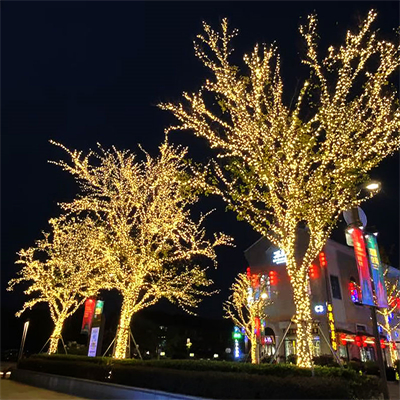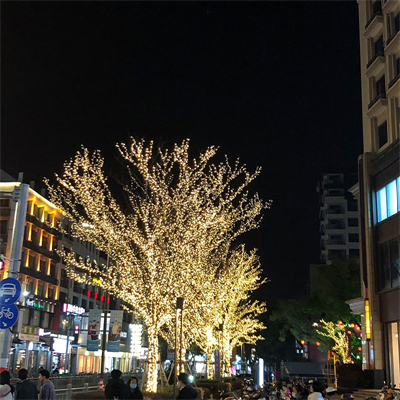The science of needle retention in Christmas trees primarily involves understanding the factors that affect how long a tree’s needles stay attached after it’s been cut or harvested. Needle retention is a crucial aspect of Christmas tree quality because it impacts the tree’s appearance, freshness, and safety. Several factors play a role in needle retention:
- Species Selection: Different tree species have varying degrees of needle retention. For example, Fraser fir and Noble fir are known for their excellent needle retention, while species like the Scots pine may have shorter needle life.
- Tree Health: A healthy tree with strong cell structure and good moisture content is more likely to retain its needles longer. Trees that have been properly cared for, including adequate watering and pest control, are more likely to maintain needle freshness.
- Cutting Techniques: How and when a tree is cut can significantly affect needle retention. For example, cutting a tree too early may result in premature needle drop. Proper pruning and cutting techniques are essential to maintain tree health.
- Water Availability: Adequate water uptake is crucial for needle retention. Trees continue to transpire (lose moisture through their needles) even after they are cut, so keeping the tree in water helps maintain needle moisture and freshness.
- Temperature and Humidity: Temperature and humidity levels in the environment can affect needle retention. Extremely dry indoor conditions or high temperatures can accelerate needle drying and drop.
- Ethylene Gas: Ethylene gas, which is produced by certain fruits and vegetables, can accelerate needle drop. Avoid placing Christmas trees near sources of ethylene gas, such as fruit bowls.
- Stress Factors: Any stress factors during the tree’s growth, like drought conditions, diseases, or insect infestations, can weaken the tree and affect needle retention.
- Preservatives: Some commercial tree preservatives can help extend needle life by providing essential nutrients and reducing water loss.
- Tree Genetics: Certain tree varieties may have genetic traits that result in better needle retention.
- Freshness at Purchase: Selecting a freshly cut tree from a reputable source is essential for ensuring better needle retention. Ask the tree seller when the tree was cut, and try to choose one cut as recently as possible.
- Proper Care After Purchase: Once you bring the tree home, it’s crucial to place it in water as soon as possible and to keep the water level consistent. This helps the tree stay hydrated and retain its needles.
In summary, needle retention in Christmas trees is influenced by a combination of factors, including tree species, health, environmental conditions, and care practices. Understanding these factors and taking steps to ensure proper tree care can help maximize the freshness and needle retention of your Christmas tree throughout the holiday season.
























